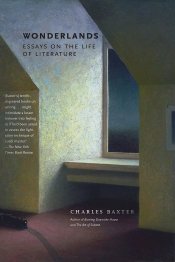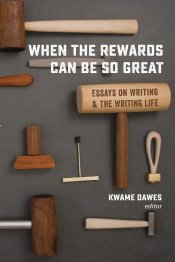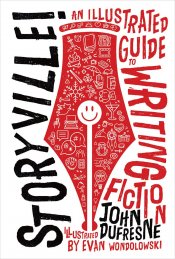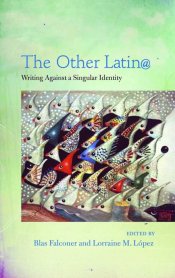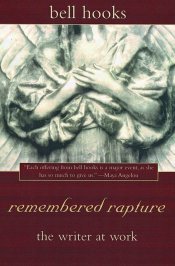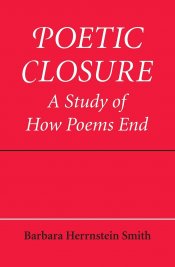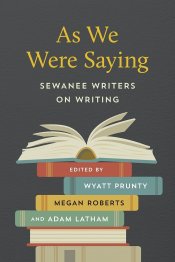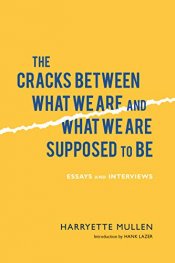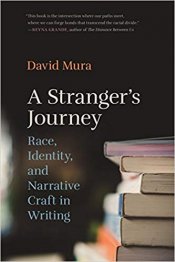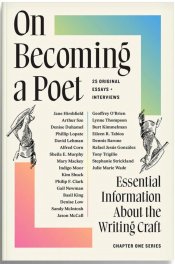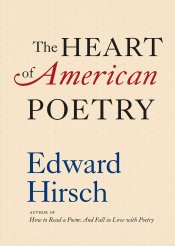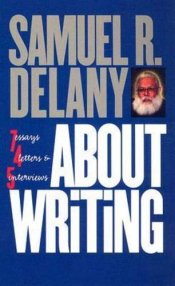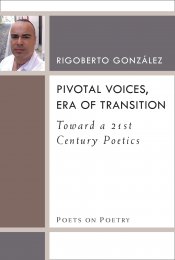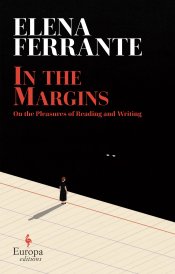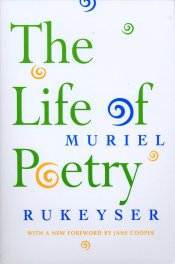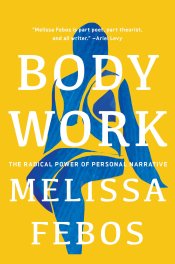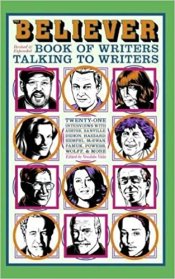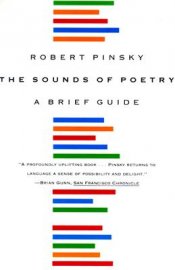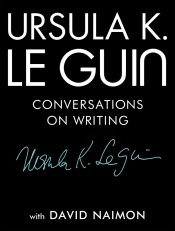Into English: Poems, Translations, Commentaries
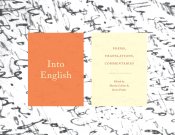
This anthology of twenty-five poems, edited by Martha Collins and Kevin Prufer, brings readers into the process and art of translating poetry into the English language. Contributors were asked to select one poem in another language, each translated into English by three different translators, and to write an essay about the challenges and rewards of translating it. The wide-format book displays the original poem and three translations side by side for readers to compare for themselves. The accompanying essays—written by working translators such as Willis Barnstone, Kareem James Abu-Zeid, Karen Emmerich, Carl Phillips, and Arthur Sze—provide an additional layer of historical context as well as discussions on word choice, tone, and other craft lessons on the art of translating poetry. Assembled in chronological order, the book features the original works of poets such as Basho, Rilke, Akhmatova, Szymborska, Amichai, and Adonis. Perfect for avid readers of poetry, translators, and writers across backgrounds, this unique anthology opens readers up to the rich possibilities within literary translation.







